Best Classic Homemade Lemonade You Will Ever Try!
When the weather is warm, you can’t beat an iced cold glass of classic homemade lemonade and this one is going to be the only recipe you are ever going to need!
Lemonade, a simple yet refreshing beverage made from lemons, water, and sugar, has been a beloved drink for centuries. Its origins are rich with history, crossing continents and cultures, evolving from an exotic luxury to a common household refreshment.
This drink is so simple to make yet is refreshing and tasty, especially during the heatwaves we have had recently.
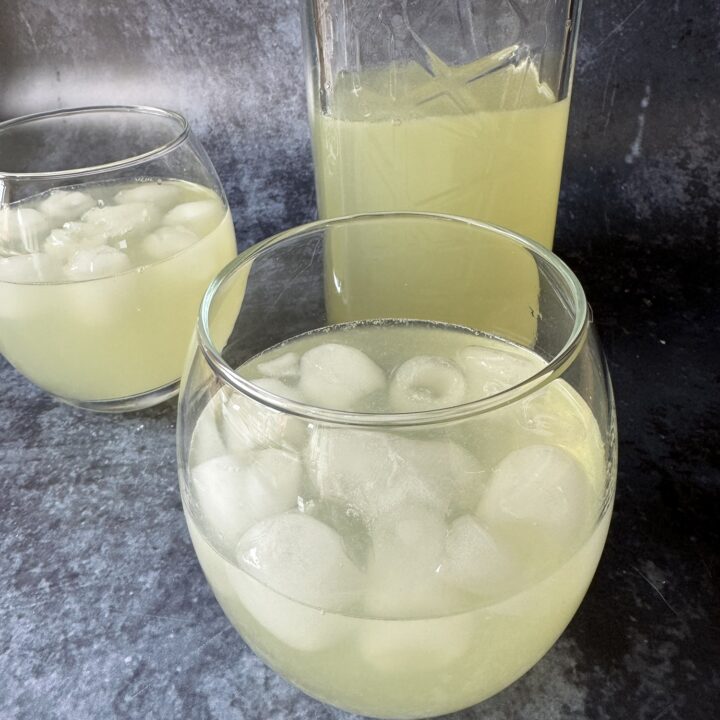
Classic Homemade Lemonade
Ingredients
- 400ml Lemon juice (This was approximately 6 large lemons)
- 150g Caster sugar
- 600ml cold water
Instructions
- In a small pan, add the lemon juice and caster sugar.
- Mix well and heat on low heat until the sugar has dissolved.
- Leave this mixture to cool and store in the fridge until you are ready to enjoy.
- When ready, add 200ml of your lemon mix to 600ml cold water and ice.
- Pour over ice and enjoy your delicious homemade lemonade!
How to store your homemade lemonade
If you are just storing the syrup you have made, keep this in an air-tight bottle for up to 5 days in the fridge.
Then simply add to ice-cold water when you are ready.
Ancient Beginnings: Lemonade’s Origins in Egypt
The origins of lemonade can be traced back to ancient Egypt, where lemons were introduced around 1000 AD. While lemons themselves originated in Asia, it was in Egypt that the concept of a lemon-based drink first took hold. The earliest form of lemonade, known as “qatarmizat,” was a lemon-flavored drink sweetened with sugar. This drink was highly prized in the Middle East, particularly in Cairo, where it was sold by street vendors.
The popularity of qatarmizat spread across the Islamic world and into Europe through trade routes. The beverage was not only refreshing but also symbolized wealth and luxury due to the rarity of both lemons and sugar at the time.
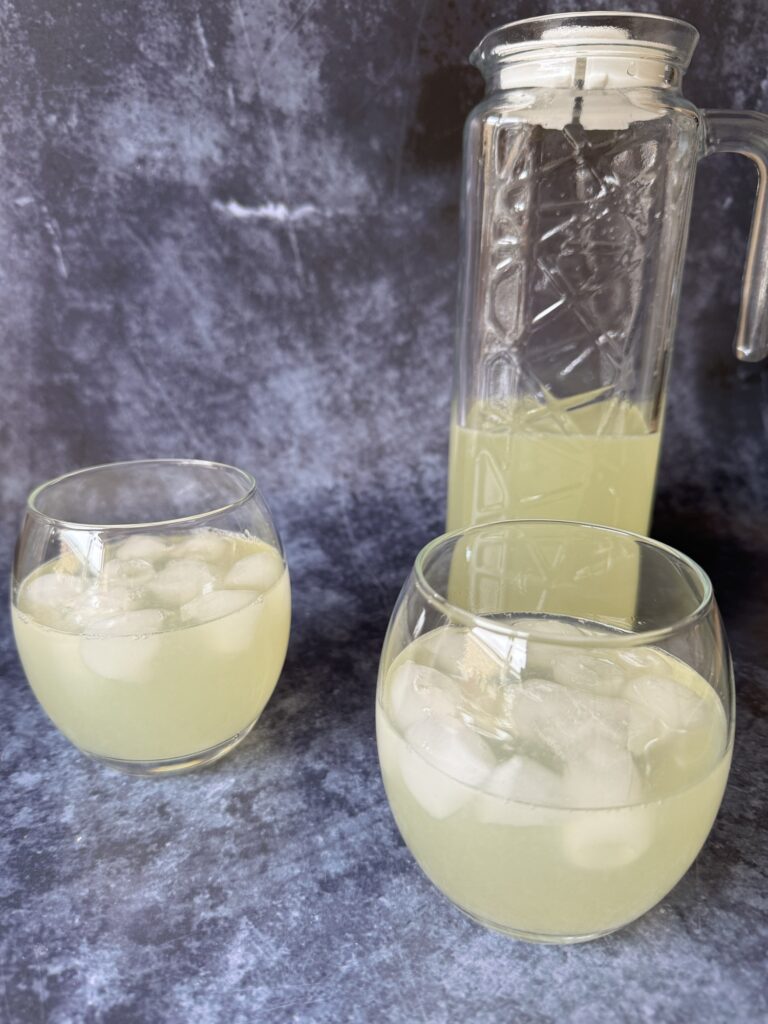
Lemonade in Europe: The Renaissance and Beyond
Lemonade made its way to Europe during the Middle Ages, but it wasn’t until the Renaissance that it gained popularity. By the 17th century, lemonade was a fashionable drink among the European elite. In 1630, the first recorded lemonade stand appeared in Paris, where vendors sold a drink made from lemon juice, honey, and sparkling water. This early form of lemonade, known as “limonade,” became a hit in Parisian society.
The drink’s appeal was further enhanced by its association with health benefits. Lemons were believed to have medicinal properties, particularly in preventing and treating scurvy, a disease caused by vitamin C deficiency. As lemons became more available, thanks to increased trade and exploration, lemonade became a more common and accessible drink throughout Europe.
The American Revolution: Lemonade Comes to America
Lemonade made its way to America with European settlers and quickly became popular in the New World. By the 18th century, lemonade was a common refreshment in colonial America. It was often served at social gatherings and became associated with hospitality and refreshment.
The American version of lemonade was typically made with lemons, sugar, and still water, and it became a staple in American households. As the country expanded westward, so did the popularity of lemonade, with the drink becoming a symbol of American ingenuity and simplicity.
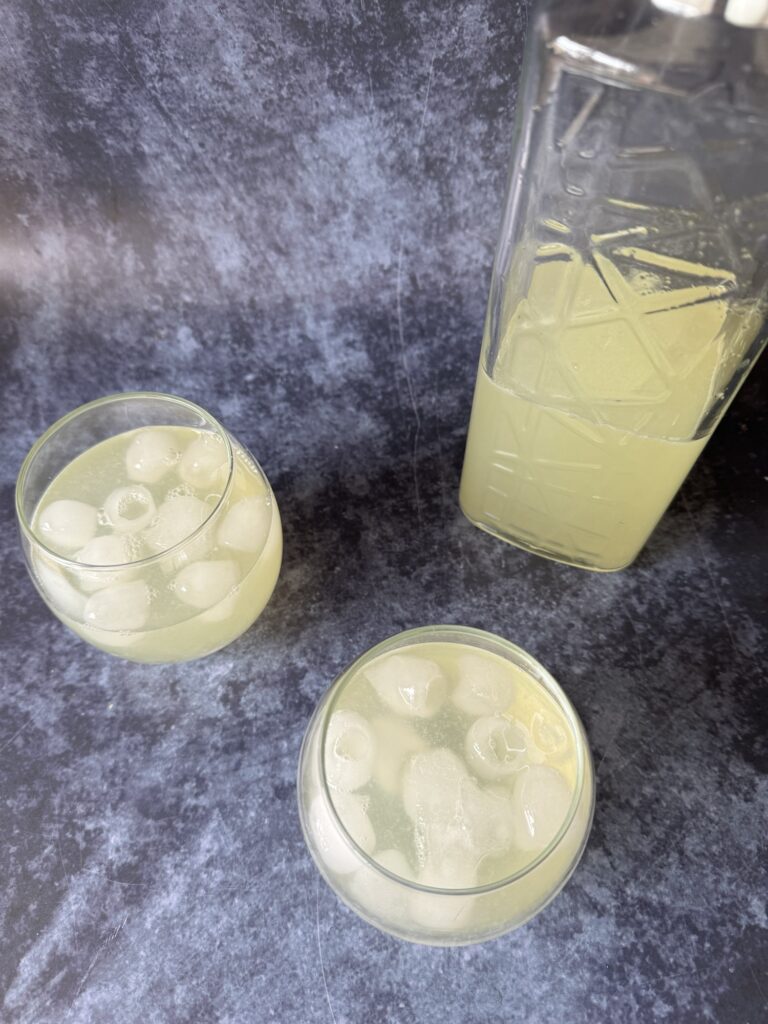
Lemonade in Modern Times: A Symbol of Simplicity and Refreshment
In the 20th and 21st centuries, lemonade has remained a popular beverage, enjoyed by people of all ages around the world. It has become a symbol of summer, often associated with picnics, barbecues, and outdoor gatherings. The simplicity of the recipe—lemons, sugar, and water—means that anyone can make it at home, and its refreshing taste makes it a perennial favourite.
In recent years, homemade lemonade has seen a resurgence in popularity as part of the broader trend toward homemade and artisanal foods. Many people now experiment with different variations of lemonade, adding ingredients like mint, berries, or even lavender to create new and exciting flavours.
If you enjoyed this drink, why not try out our Shirley Temple Punch recipe?
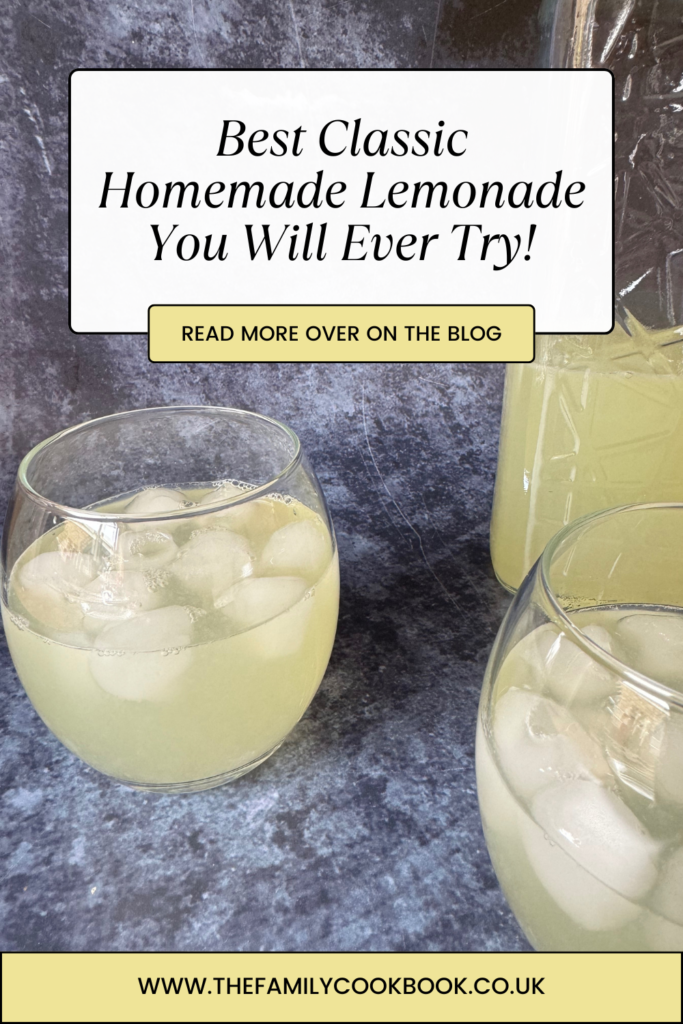


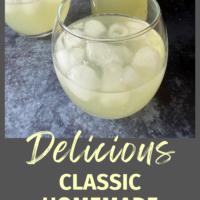

Sounds delicious never actually made my own